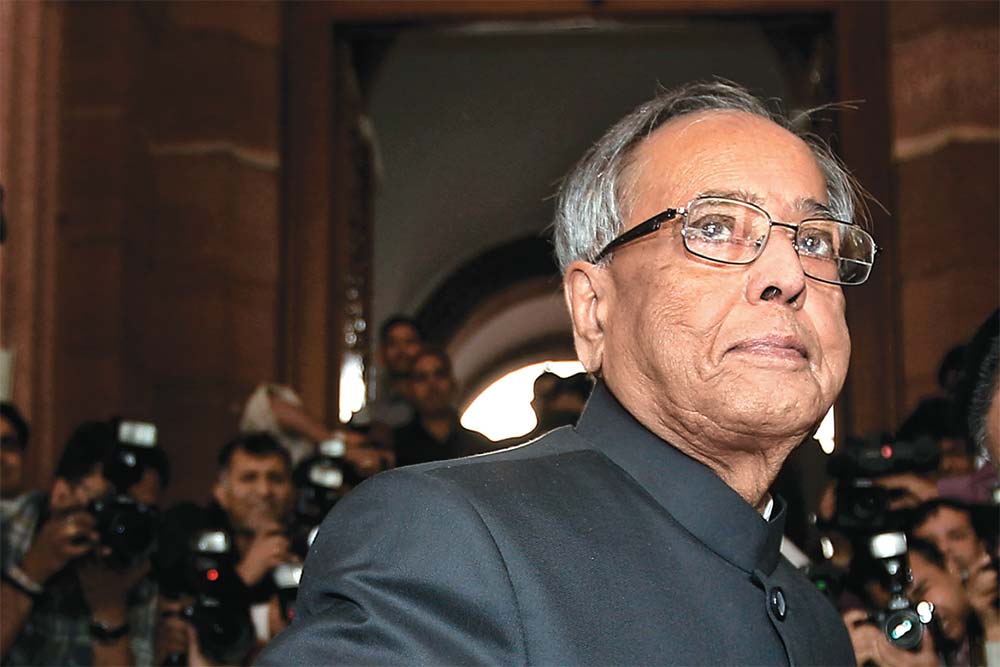Though you have set a fiscal deficit target of 5.1%, the worrying part is that the revenue deficit component will still be around 3.5% (4.4% previous revised Budget estimate). Will this not crowd out private investment?
One of the reasons for revenue deficit stickiness in recent years has been the growing transfers to state governments and other developmental expenditure, conventionally classified as revenue expenditure, even though a considerable part of the expenditure from these transfers is in the nature of capital expenditure. If we net out grants for capital expenditure from the revenue deficit, the effective revenue deficit is only 1.8% of the GDP for FY13. The only possibility of lower revenue deficit for FY13 than the indicated level is if, in the course of the year, we are able to increase revenues from both tax and non-tax sources to more than the budgeted figures, while maintaining expenditure at the indicated level. Since fiscal deficit is budgeted to go down from 5.9% in FY12 (revised estimates) to 5.1% in FY13, I do not expect much crowding out of private investment.
The Union Budget is betting high on UID (unique identification) for cutting down of subsidies, but given the continuing uncertainty over UID, will it affect your plans to contain subsidies?
The UIDAI is progressing as per schedule. The enrolments into the Aadhaar system have crossed 20 crore mark and the Aadhaar numbers generated till date have crossed 14 crore. UIDAI has been tasked with completing another 40 crore enrolments starting from April 1, 2012. The Aadhaar platform has demonstrated that it is now ready to support the direct payments of subsidies for fertilisers (at the level of retailers), LPG, and it is now working on kerosene. The platform can also help in the transfer of payments for NREGA, old age, widow and disability pensions and scholarships directly to the beneficiary accounts in selected areas. I am quite hopeful that as the UIDAI expands its coverage, the targeting of subsidies will improve considerably. Moreover, subsidies also have to be contained through measures that address market distortions and pricing issues so that the expenditure on subsidies can be managed at 2% of GDP in FY13.
Subsidies apart, how do you plan to cut down on government expenditure?
In my Budget speech, I have referred to an amendment in the FRBM Act that provides for “Medium-term Expenditure Framework Statement.” This statement will put in place a three-year rolling target for expenditure indicators. That would help in undertaking an exercise for allocating resources for prioritised schemes and weeding out others that have outlived their utility.











